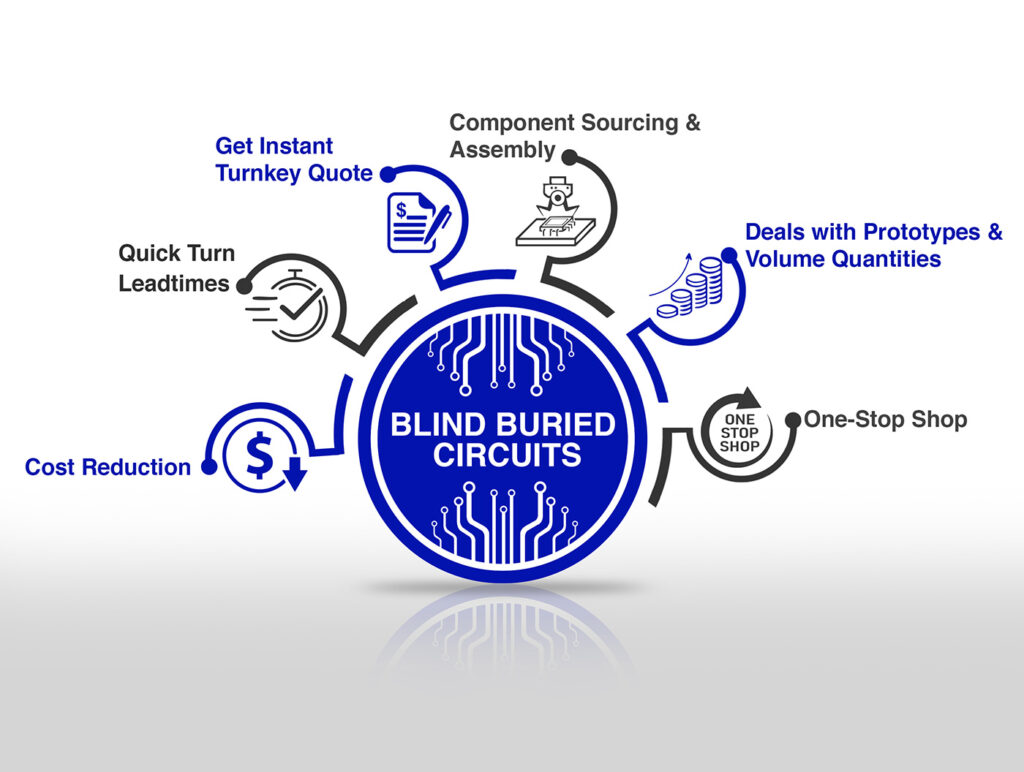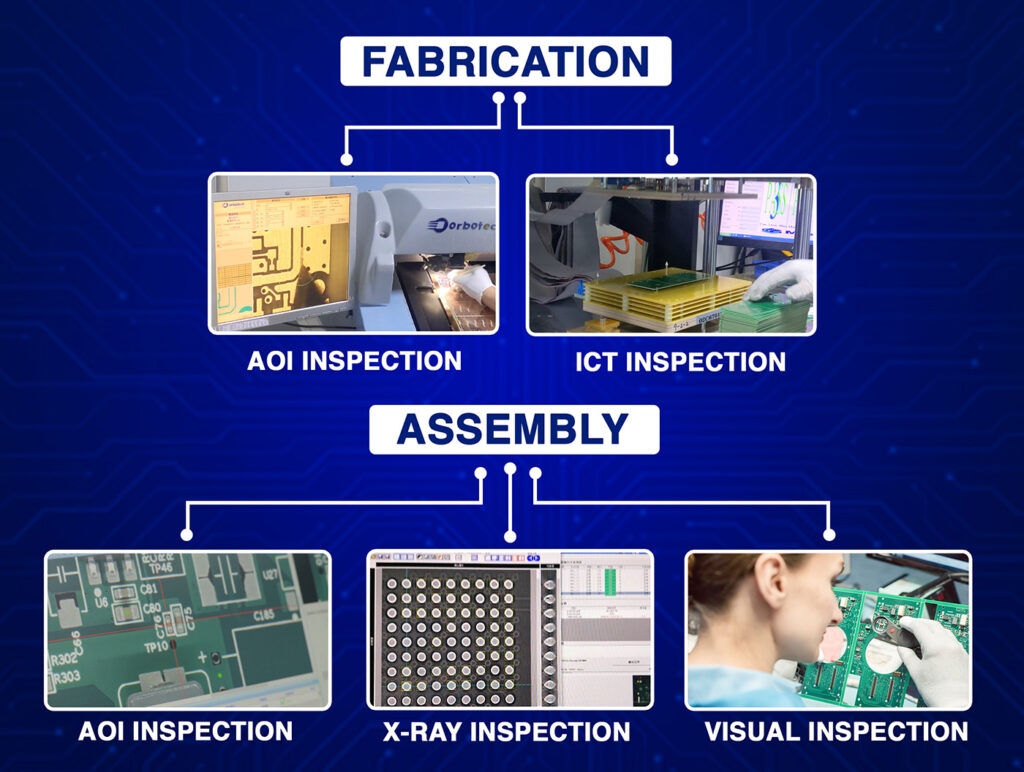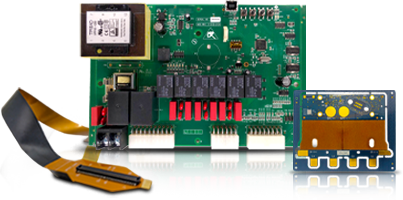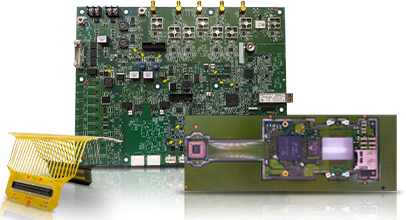With the rapid spread of the Fifth Generation, aka 5G technology, many different fields are getting transformed. Industries like Telecommunications, Health and Care, Automobiles, and IoT are adapting to this new shift. As the network technology matures, riding the waves of superior connectivity becomes possible. The next challenge in line is how to optimize the performance and reliability of the printed circuit board (PCB).
The prototype development of the PCB and the assembly of printed circuit board production aid in ultra-low latency, high-speed data transmission, and device integration of 5G applications.
Challenges concerning the Application of IoT on 5G Technology Wireless PCBs:
Numerous difficulties exist when assembling and designing the PCBs for 5G wireless technologies and other emerging IoT solutions. These challenges stem from part configuration, part selection, and signal degradation on interconnections.
- Choice of Material Parameters for Pentagonal IoT PCBs
5G signals operate at higher frequencies than their predecessors. To minimize signal deterioration in PCBs, advanced materials such as FR-4, PTFE, and lava-filled low-loss laminate should be used to achieve low dielectric loss and stable thermal parameters.
- Protection of High-Correlation Signals in PCBs during Transmission
The higher the frequency of the signal, the greater the chances for loss and interference. Signal integrity is maintained by preserving electromagnetic interference, which is determined by controlled matching of impedances when using high-frequency signals above 1 GHz. Sustaining the ideal trace length and clearance.
Ground crosstalk vias are implemented to improve signal quality.
- Power Management
The power architecture must ensure the power needs of 5G devices are delivered effectively. Decoupling capacitors and wide power traces helps control voltage oscillations and maintain stable signals.
- Thermal Management
Effective thermal management is increasingly important as more data is processed and higher power is needed. Designers must use thermal vias and integrated heat sinks alongside copper pour to increase heat dissipation.
- Layer Count and Stack-Up Configuration
Due to complex routing needs, Multi-layer PCBs are standard in 5G designs. Proper stack-up configuration increases board-level electromagnetic compatibility (EMC) for any multi-layered circuit board.
Broad applications of 5G Wireless Technology
5G wireless technology applications are transforming industries by introducing new use cases and capabilities:
- IoT PCB Design: The expansion of IoT devices is dependent on the super speed and lag-free infrastructure provided by 5G. Everything from smart homes to industrial automation requires custom PCBs to integrate sensors, communication modules, and power modules.

- Autonomous Vehicles: 5 G greatly improves safety and efficiency due to real-time data transfer between vehicles and infrastructure.

Telemedicine, remote surgery, and health monitoring devices all benefit from the speed and reliability of 5G networks. Additionally, smart cities use 5G IoT infrastructure for smart lighting, traffic management, and public safety system monitoring.
Best Practices For Custom PCB Production and Manufacturing Assembly
Fulfilling the requirements for reliable, high-performance 5G PCBs calls for the expertise of experts in PCB manufacturing assembly. Listed below are helpful practices one should remember:
- Early Collaboration With Manufacturers: Partnering with manufacturers early in the design process helps recognize potential problems and helps the designers optimize for manufacturability.
- DFM (Design For Manufactured): The manufacturing capabilities and limitations of the PCB should always be considered to minimize production errors and cut costs.
- High Precision Fabrication: New fabrication methods such as laser drilling and AOI (automated optical inspection) are essential for achieving automation in the production of 5G PCBs.
- Quality Testing: The PCBs should be tested thoroughly using techniques such as signal integrity analysis and thermal performance testing to ensure that the performance specifications are met.
- Component Selection: For 5G applications, components that operate at higher frequencies and can perform reliably should be selected.
Problems and Solutions of 5G PCB Design
Due to its multifaceted nature, innovative solutions for 5G PCB design problems require enormous effort.
Interference And Crosstalk:
Problem: Signals operating at high frequency are prone to interference and crosstalk.
We offer solutions to the issues outlined by employing controlled impedance, shielding techniques, and proper ground plane design.
Thermal Management:
Challenge: As power consumption is increased, so does the heat generated.
Solution: Effective thermal management strategies such as thermal vias and heat sinks are critical.
Miniaturization:
Challenge: The need for compact devices demands a high density of components on the PCB layout.
Solution: Multi-layer PCBs and advanced packaging techniques help accommodate the complex designs.
Reasons to Work With Experts on Custom PCB Production
Working with a reliable partner for your PCB manufacturing assembly is essential for effective 5G PCB design. Blind Buried Circuits is your partner in trusted custom PCB manufacturing since we produce high-grade PCBs for next-generation wireless technologies. The combination of our custom-built PCBs, advanced fabrication, and extensive quality control guarantees that your designs are properly functioning.
Do you wish to implement your 5G PCB design? Contact us now to discuss your needs and learn how we can help you at the forefront of 5G wireless technology.
Conclusion
Creating high-performance PCBs that can support 5G technologies revolves around extensive knowledge of the material’s characteristics, signal preservation, heat dissipation, and other high-precision manufacturing processes.
Following these practices and working with experts in PCB manufacturing assembly helps engineers provide dependable and effective solutions that foster further innovation. Blind Buried Circuits is prepared to assist you in developing state-of-the-art PCBs for IoT and 5G technologies. Together, let us shape the future.





